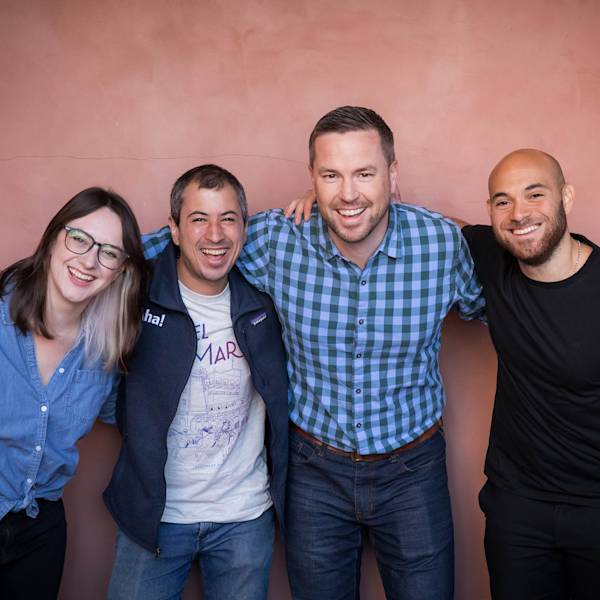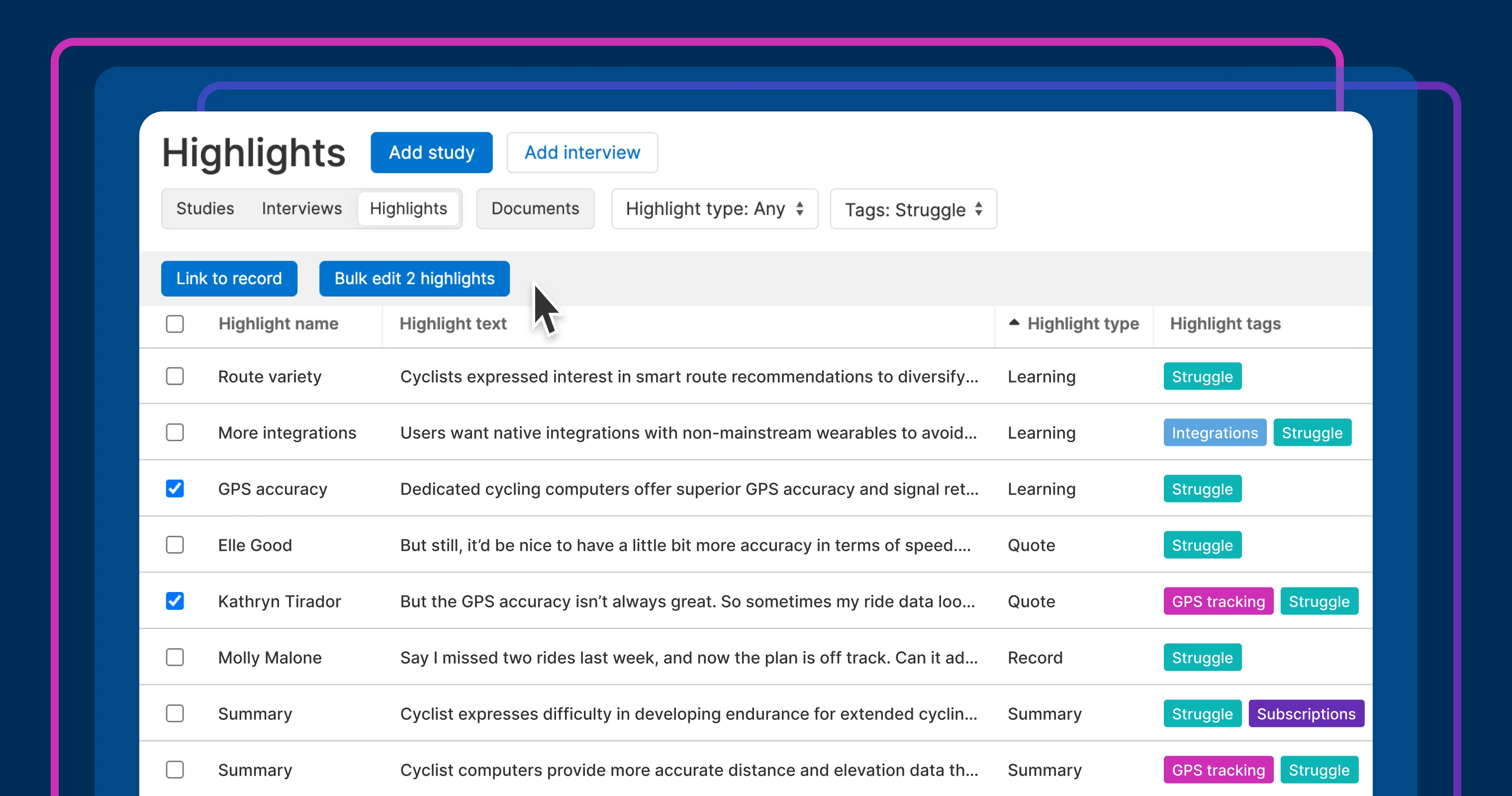
Getting started with product discovery takes a solid plan, the right people, and a little patience. | Photo by Jodi B Photography
This is why it is so hard for product managers to talk with customers
You have a product idea worth exploring. But the team needs more insight before you can move forward. So you start reaching out. A few emails or a quick note on LinkedIn. Maybe you add a form to the website. You hear from a handful of people and scramble to schedule calls. The pressure to move quickly makes it feel like progress, but something is missing.
Strong product discovery starts before the first conversation. You need a clear research goal and a plan for what happens when someone says yes.
Product discovery is essential. But for many product managers, it feels inaccessible. Especially in the early stages when you do not yet have customers to rely on and internal urgency outweighs external interest.
So some product teams turn to iffy recruiting tactics: cold contacting on LinkedIn, offering incentives, or paying third-party services to source research participants. Most people ignore this kind of outreach. The few who do respond may not engage beyond the minimum required to claim their gift card.
When the effort is rushed, it shows. And people tune out.
Recruiting the right people is difficult. Preparing for meaningful interviews takes time. And yet, both these steps are required. Because discovery without preparation is just another meeting.
The goal is not just to talk to customers or prospective users. It is to learn something specific and build trust with the people you ask to contribute their time and perspective. That means being thoughtful from the start. What are you trying to understand? Who can best help you understand it? What would make them want to talk to you now?
What you learn depends on what you bring into the conversation — not just who you talk to.
The discovery plan you create will shape the conversations you have and the product decisions that follow. To help, we put together advice on two areas of focus: how to design a real discovery plan, and how to recruit people who are actually worth talking to.
How to make a better customer research plan
Set a research goal
"Talk to more customers" is not a goal. What do you actually want to learn? Are you trying to understand how people solve a problem today? Validate interest in a concept? Explore reactions to a new workflow? A specific objective shapes the rest of the work — everything from your outreach to your interview questions. Here are some examples.
Have something to show
Hypotheticals will not get you far. People need something real to respond to. A prototype, a mockup, even a rough wireframe on a whiteboard — anything to ground the conversation. You will get clearer feedback when people can react to a tangible example instead of imagining how something might work.
Aim for collaboration, not compensation
You do not need to offer a gift card. Most people are happy to help if they understand how you will use their input. If you are going to offer something, make it contextually relevant (like early access to a new product or an extended trial experience). This is how you build ongoing relationships instead of just extracting information.
Prep intentionally
Draft your interview script and practice what to ask. Note your own assumptions too. Then, choose a central place to manage outreach and track what you hear. This is not busywork — it is the foundation for making sense of later conversations. Discovery is core product work. Treat it with the same seriousness you give to roadmap planning or delivery.
Related:
How to recruit the right people for product discovery interviews
Know who you are looking for
Not every customer is relevant to every discovery effort. Think about who can best speak to the problem you are exploring. Start with your customer personas, then go deeper. What roles, behaviors, or experiences suggest someone will have insight into the area you are researching?
Start with who is within reach
You likely have more access to participants than you think. Past beta testers, tutorial attendees, or support conversations — these are all warm entry points. Even if they are not the perfect fit for your current focus, they might be able to connect you with someone who is. Ask sales and support teammates for introductions. Add a short form to your site. Make it easy for people to raise their hand.
Be specific in your outreach
People can tell when you send a canned message. Ditch the vague pitch. Write a short note that explains what you are working on, why you are reaching out to them specifically, and how their perspective will help. These days, it is much faster to personalize with AI.
Make it an easy 'yes'
Time-box the conversation. Offer a few suggested times. Share a short agenda or the core question you hope to explore. People are more likely to join when they understand exactly what is being asked. When expectations are clear, it is easier to get contributors on board.
Track what you learn
As you begin to get responses, set up a system to stay organized. Keep a record of who you contacted, what they said, and if you need to follow up. Over time, you will build a small, but valuable research network — one that you can return to again and again. The right tool can help (and future you will thank you for it).
Related:
Focused discovery leads to better products. It also lets you share what you are building with the people who stand to gain the most value from it.
Product discovery works best with patience and purpose. There is no secret pool of users to interview or shortcut past a solid customer research plan. So aim to approach the work with the focus it deserves. We created Aha! Discovery to help with just that — giving you a structured way to plan, manage, and make sense of every customer conversation.
Jump-start customer interviews and discover key product insights. Start a free trial of Aha! Discovery today.




